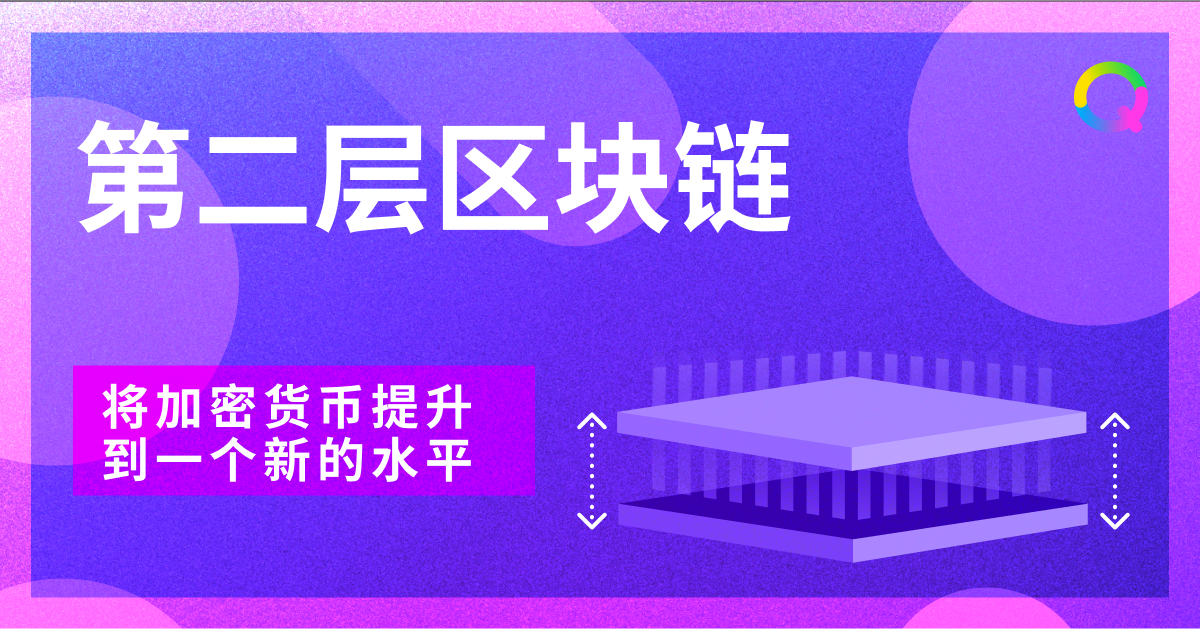
Decentralized Multi-Party Computation (MPC)Decentralized Multi-Party Computation (MPC)Combined, it provides a brand new infrastructure for digital asset investors.
But what exactly is a layer 2 blockchain - and why we predictRapid growth in the coming year?
In this introductory article written for those who want to learn about cryptocurrencies, we unpack what layer 2s are and why they are so important to the future of blockchains.
Major cryptocurrencies like BTC and ETH surged to all-time highs in 2021, and non-fungible tokens sparked a wave of innovation and investment — giving the industry even more recognition beyond its core historical audience.
But the rapid increase in users and transactions has also created problems, with sudden influxes of new users and surges in activity straining the network's ability to process and confirm transactions.
Blockchains most familiar and popular with institutional and retail traders, such as Ethereum, deliver on their promise of security and decentralization, with millions of stakeholders involved in maintaining, mining and trading assets on the network.
first level title
Blockchain scaling issues
This problem is known as the blockchain scaling problem, or the scalability trilemma: In order to maintain the secure and decentralized foundation of the ledger, it becomes more difficult and expensive to process transactions.
For example, on Ethereum (one of the most popular blockchains for minting and trading NFTs), gas fees (the cost of making a transaction) have risen to $1,000 per transaction in some cases as the network becomes Overloaded, users seek to transact and use its computing power.
To address this, the industry has developed "Layer 2" solutions, designed as complementary interfaces to interact with underlying (or "Layer 1") blockchains, to help alleviate some of the problems associated with rapid scaling.
first level title
What is a layer 2 blockchain?
The blockchains most familiar to the general public are "Layer 1" protocols such as Bitcoin, Ethereum, Litecoin or Cardano.
These represent the base layer of the blockchain world, the infrastructure that allows crypto assets to be minted, traded and stored in individual wallets in a decentralized ecosystem.
first level title
nested blockchain
nested blockchain
state channel
state channel
side chain
side chain
As the name suggests, sidechains function alongside the main blockchain, but use their own consensus mechanism to confirm transactions. Sidechains connect to Layer 1 platforms via bridges and can be used between trusted parties to facilitate repeat transactions.
Plasma and Optimism Summary
Both solutions operate by offloading transactions from the main layer-1 blockchain onto another form of sidechain, where trusted parties are authorized to ensure that information stored on the network is authentic. The main difference is that Plasma rollups are for individual tokens or assets, while optimistic rollups use smart contracts.
Zero Knowledge Summary
first level title
Why does encryption need a layer 2 blockchain?
Until the rapid development of the crypto market in 2021, there are very few layer 2 blockchain solutions available.
As demand grows and pressure on the network and users increases, more and more attention is turning to layer 2 platforms to help develop the ecosystem and make transactions easier, cheaper and more secure without high cost. costs and waiting times.
smart contractsmart contractFunction.
decentralized hostingdecentralized hostingfirst level title
The Best Blockchain Scaling Solution
Several purported solutions have emerged over the years, such as a larger block size on the Bitcoin Cash chain to help with this problem, but as the market expanded, it became clear that an alternative was needed.
As the number of users and transactions continue to increase, it is clear that the cryptocurrency industry is in dire need of functional layer 2 solutions that can interface with the underlying blockchain architecture and provide a more viable user experience at scale.
Some of the most popular blockchain use cases today, such as NFTs or games, simply cannot be performed efficiently with current transaction times and costs.
Using layer 2 solutions helps to immediately solve some of the most challenging problems holding the industry back from growing and serving the millions of users who interact with cryptocurrencies every day.
Original link



